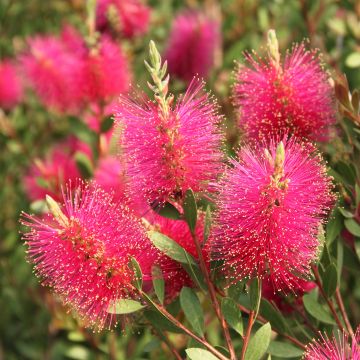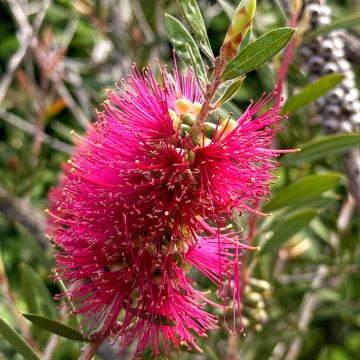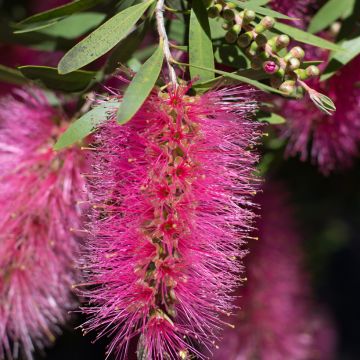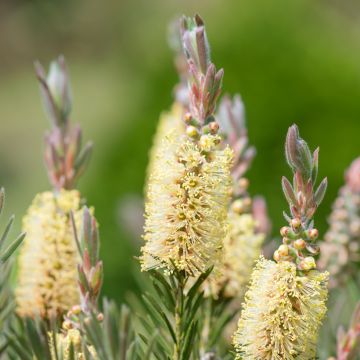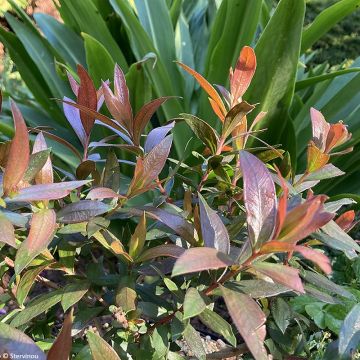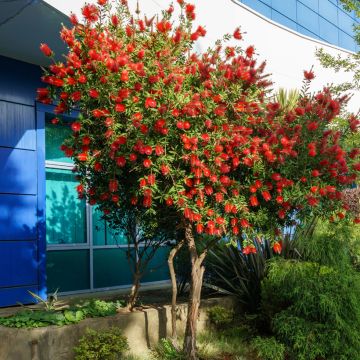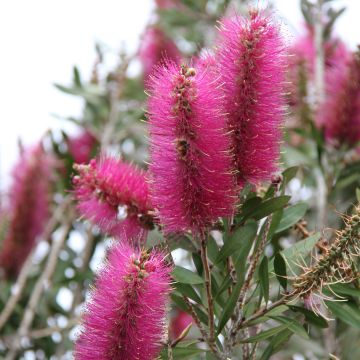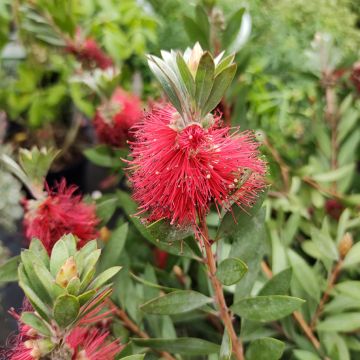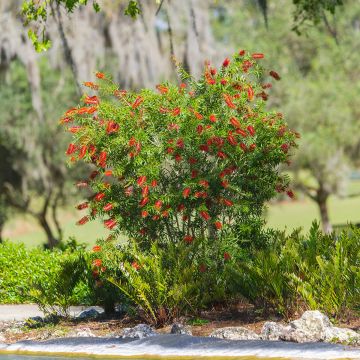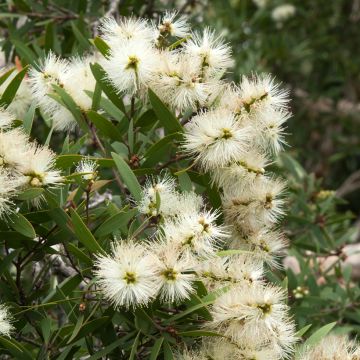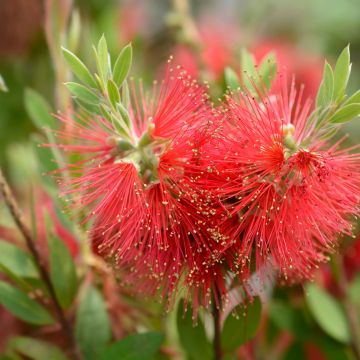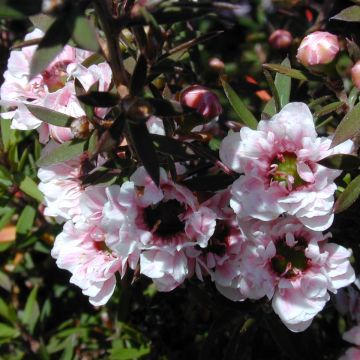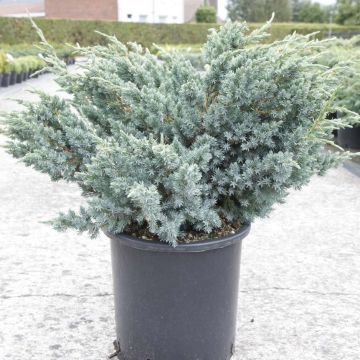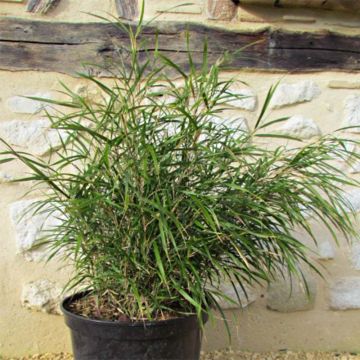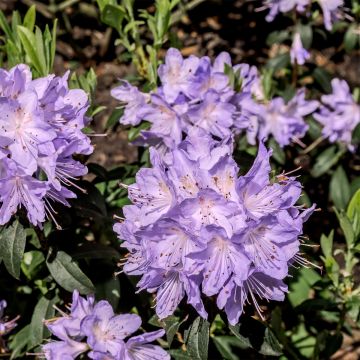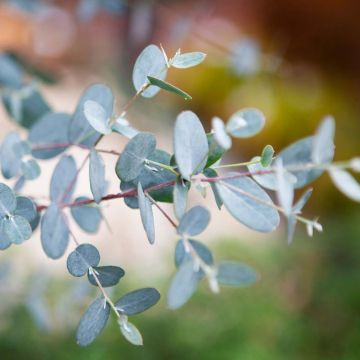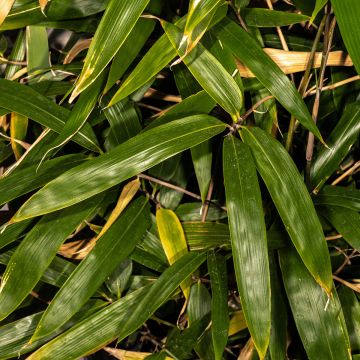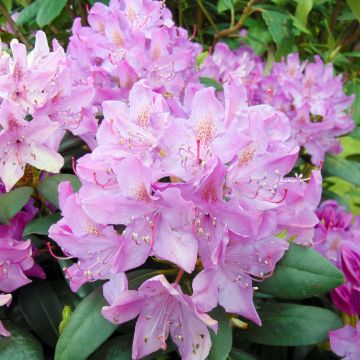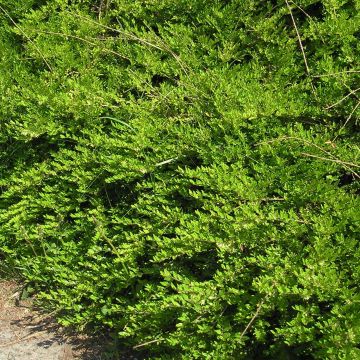

Callistemon violaceus - Bottlebrush


Callistemon violaceus - Bottlebrush


Callistemon violaceus - Bottlebrush


Callistemon violaceus - Bottlebrush
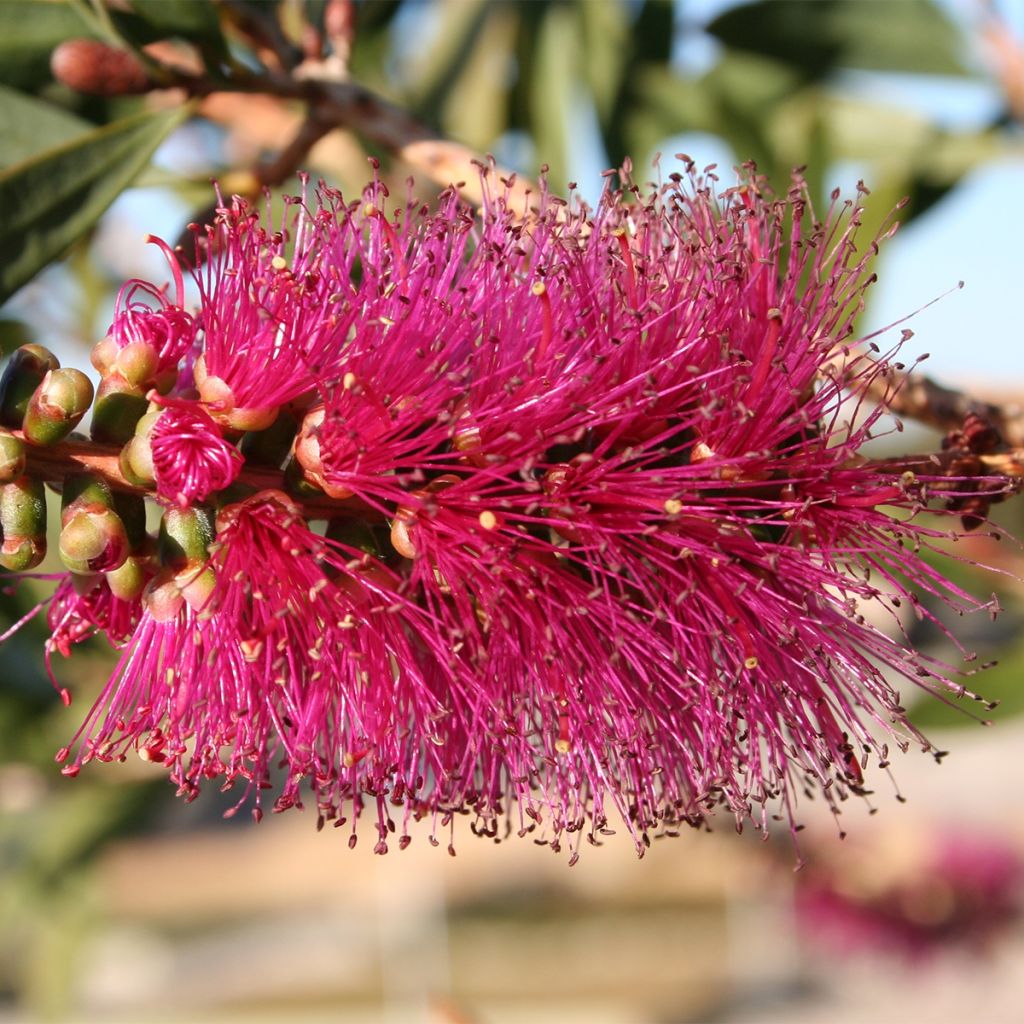

Callistemon violaceus - Bottlebrush
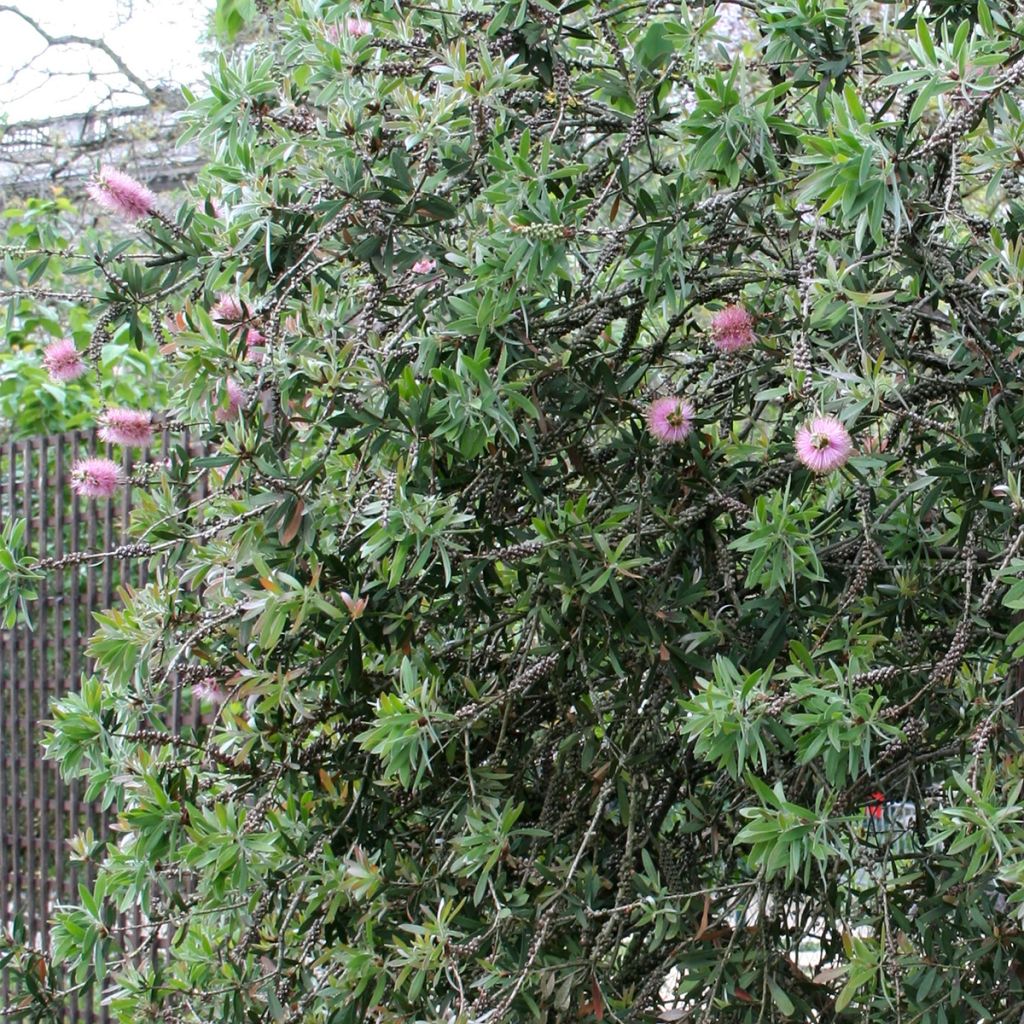

Callistemon violaceus - Bottlebrush
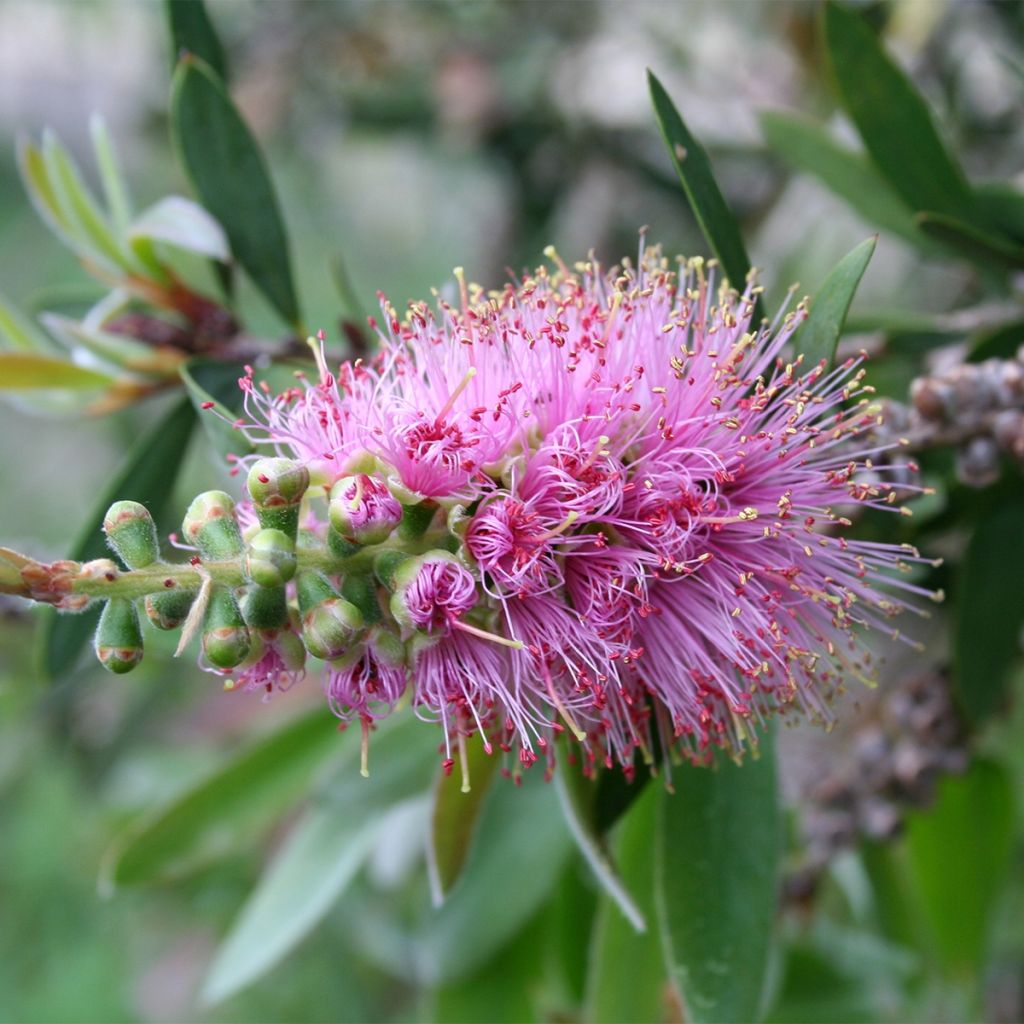

Callistemon violaceus - Bottlebrush
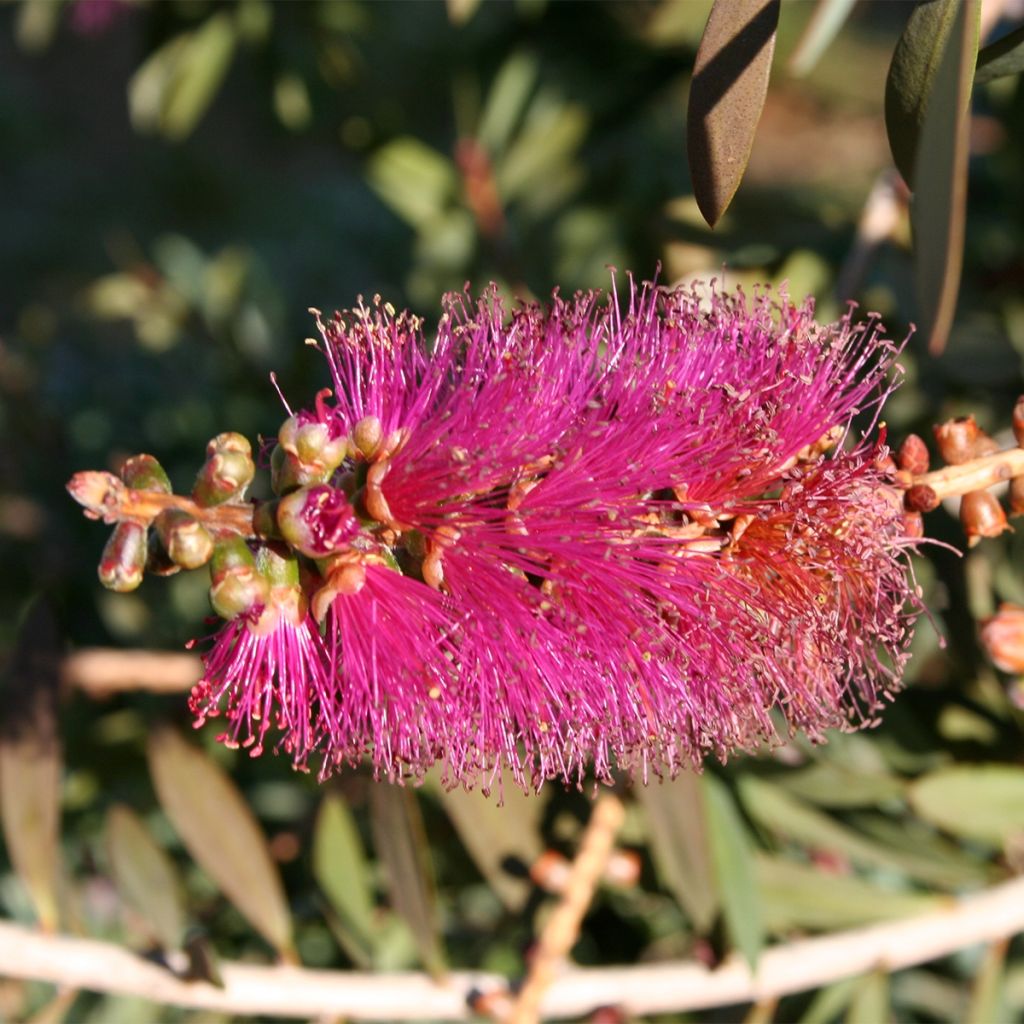

Callistemon violaceus - Bottlebrush
Callistemon violaceus - Bottlebrush
Callistemon violaceus
Violet Bottlebrush, Purple Bottlebrush
Why not try an alternative variety in stock?
View all →This plant carries a 24 months recovery warranty
More information
We guarantee the quality of our plants for a full growing cycle, and will replace at our expense any plant that fails to recover under normal climatic and planting conditions.
From €5.90 for pickup delivery and €6.90 for home delivery
Express home delivery from €8.90.
Delivery to Corse prohibited: UE law prohibits the import of this plant from mainland France to Corse as part of the fight against Xylella fastidiosa. Please accept our sincere apologies.
More information
Does this plant fit my garden?
Set up your Plantfit profile →
Description
Callistemon Violaceus is a shrub with an exotic appearance and a magnificent long-lasting flowering in spring and summer. A plant suited for mild climates, commonly planted in the Mediterranean region, it forms a fairly dense clump that can reach up to 3 m (9 ft 10 in) in height. Its inflorescences have a bottlebrush-like aspect, hence its common name of bottlebrush, and their pinkish-purple colour is particularly attractive. This flowering lasts for several weeks, sometimes with a second bloom in late summer. Resistant to drought once well rooted, it blooms better when watered during hot periods. It grows in acidic to neutral, even slightly calcareous and well-drained soil.
Callistemon is a member of the Myrtaceae family, which includes over a hundred genera mainly distributed in warm regions of the globe (Mediterranean, subtropical, and tropical zones). They are mainly woody species of all sizes, ranging from shrubs (such as Chamaelaucium uncinatum and waxflower) to Eucalyptus regnans, a giant that can reach 90 to 100 m (295 ft 4 in to 328 ft 1 in) in height. Despite this enormous diversity, Myrtaceae often have in common the production of essential oils and, for many species, decorative flowers due to their stamens (Myrtle, Metrosideros, Eucalyptus, Kunzea, etc.). The majority of callistemons are native to Australia.
The branches of Callistemon Violaceus grow in all directions, forming a fairly dense clump that tends to become bare at the base over the years if not regularly pruned. At maturity, the shrub can reach 3 m (9 ft 10 in) in height and 2 m (6 ft 7 in) in width, under favourable conditions and if not constrained by pruning. Its evergreen foliage in winter, somewhat stiff, consists of narrow lanceolate leaves measuring 5 to 6 cm (2 to 2.4 in) in length. Deflowered branches are covered in very tough circular brown fruits (capsules) that persist on the branch for several years. Each branch resumes its growth above the deflowered spike, which is not visually appealing as this part covered in capsules does not bear leaves. It is therefore advisable to remove faded spikes after flowering.
This Violaceus cultivar can withstand brief cold spells of -8 to -10 °C (17.6 to 14 °F) , provided it is planted in favourable conditions (the freezing effect is considerably amplified in the case of moist soil, exposure to wind, etc.).
This Callistemon Violaceus will be perfect for creating an exotic scene in suitable climates. It can be combined with Caesalpinia gilliesii, which has a fiercely tropical appearance with its small flamboyant-like flowers, and Loropetalum, with its many varieties of green or purple foliage and white, pink, or red flowers. As for climbing plants, Passiflora coerulea, or passion flower, is indispensable for evoking distant tropics, while Actinidia pilosula, a lesser-known ornamental kiwi, will bring a touch of rarity to your garden. The astonishing Campsis capreolata, a trumpet-shaped flower in orange-red with a chocolate fragrance, will also be an interesting climbing plant in this setting. Finally, a relatively uncommon perennial, although adequately hardy, Hedychium coccineum Tara, will complete this evocative tableau of southern lands.
Report an error about the product description
Callistemon violaceus - Bottlebrush in pictures
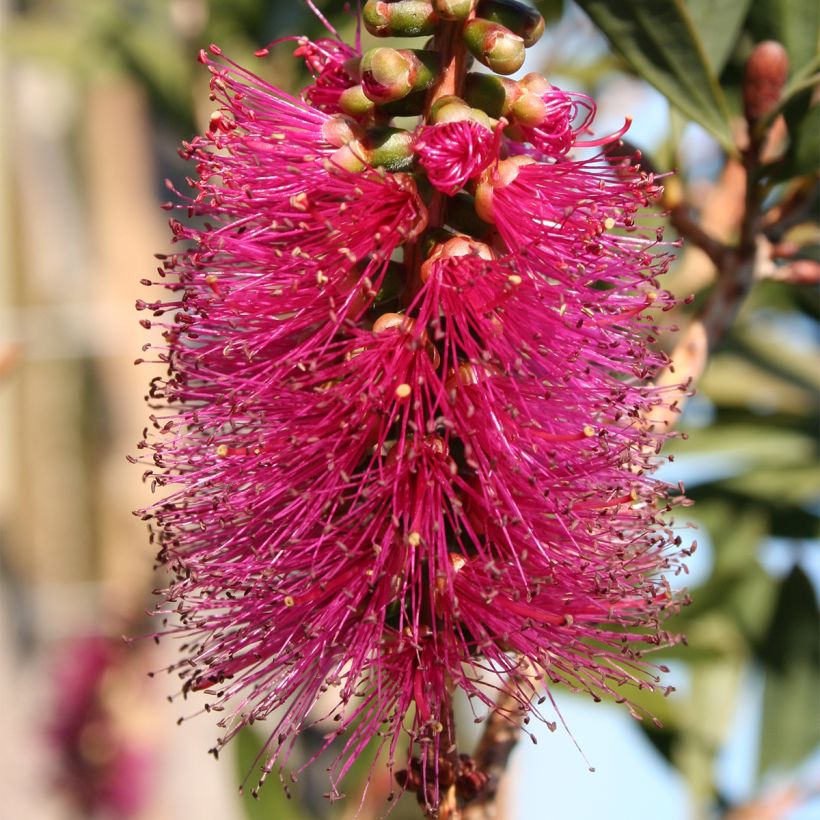

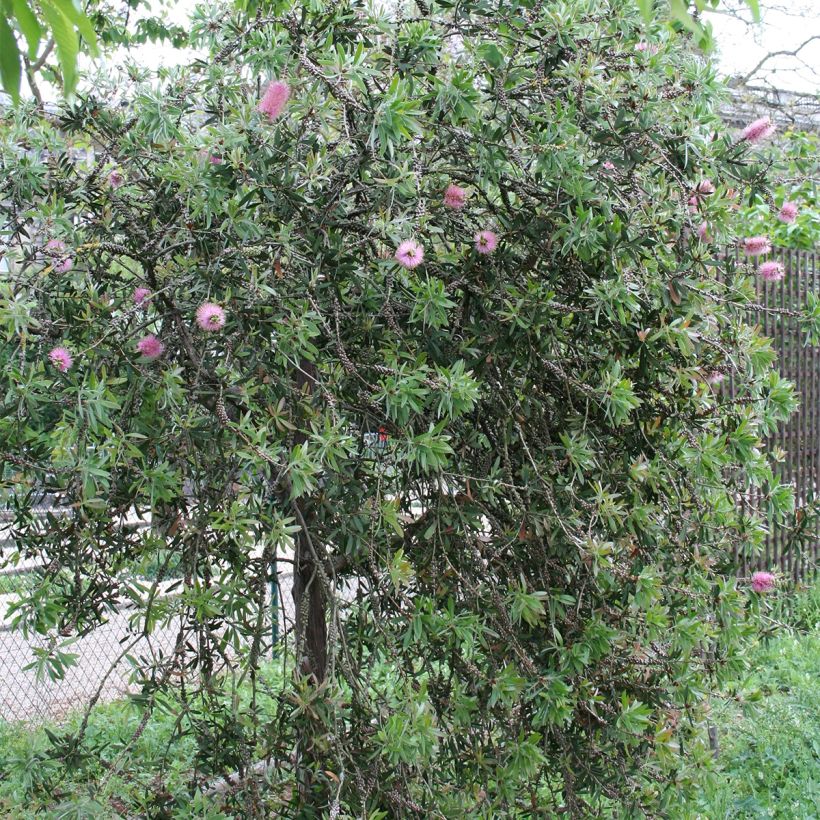

Plant habit
Flowering
Foliage
Botanical data
Callistemon
violaceus
Myrtaceae
Violet Bottlebrush, Purple Bottlebrush
Cultivar or hybrid
Other Callistemon
Planting and care
The planting time for this callistemon mainly depends on the region you are in.
In cooler areas, it is better to avoid autumn as it may suffer from frost in winter. By planting it in spring, it will have the whole season to establish its roots and face winter with better chances. However, it is still necessary to protect it during the first two winters with non-woven fabric, until it forms a good stump in the soil.
In both cases, this Callistemon Violaceus should be planted in acidic or neutral soil, or even slightly calcareous soil, as it does not tolerate excessive limestone. Once sufficiently rooted, it can withstand drought, but it blooms better if watered, so it is wise to incorporate compost and potting soil into the soil to improve its water retention. However, it is important to ensure that the soil remains well drained, as it does not tolerate excess water in winter. If necessary, consider creating a drainage layer at the bottom of the planting hole with coarse gravel (e.g. 30-40).
Dig a planting hole of 60 cm (23.6 in) in all directions, then soak the shrub's root ball in a bucket of water for fifteen minutes to ensure it is well soaked. During this time, mix the existing soil with compost and potting soil in equal parts. Using potting soil with a root stimulator is a good idea to help the callistemon establish itself well. Place the root ball in the hole without burying the collar, backfill and then water abundantly.
Water regularly during the first two years, especially during hot and dry periods, and occasionally afterwards.
Planting period
Intended location
Care
This item has not been reviewed yet - be the first to leave a review about it.
Evergreen shrubs
Haven't found what you were looking for?
Hardiness is the lowest winter temperature a plant can endure without suffering serious damage or even dying. However, hardiness is affected by location (a sheltered area, such as a patio), protection (winter cover) and soil type (hardiness is improved by well-drained soil).

Photo Sharing Terms & Conditions
In order to encourage gardeners to interact and share their experiences, Promesse de fleurs offers various media enabling content to be uploaded onto its Site - in particular via the ‘Photo sharing’ module.
The User agrees to refrain from:
- Posting any content that is illegal, prejudicial, insulting, racist, inciteful to hatred, revisionist, contrary to public decency, that infringes on privacy or on the privacy rights of third parties, in particular the publicity rights of persons and goods, intellectual property rights, or the right to privacy.
- Submitting content on behalf of a third party;
- Impersonate the identity of a third party and/or publish any personal information about a third party;
In general, the User undertakes to refrain from any unethical behaviour.
All Content (in particular text, comments, files, images, photos, videos, creative works, etc.), which may be subject to property or intellectual property rights, image or other private rights, shall remain the property of the User, subject to the limited rights granted by the terms of the licence granted by Promesse de fleurs as stated below. Users are at liberty to publish or not to publish such Content on the Site, notably via the ‘Photo Sharing’ facility, and accept that this Content shall be made public and freely accessible, notably on the Internet.
Users further acknowledge, undertake to have ,and guarantee that they hold all necessary rights and permissions to publish such material on the Site, in particular with regard to the legislation in force pertaining to any privacy, property, intellectual property, image, or contractual rights, or rights of any other nature. By publishing such Content on the Site, Users acknowledge accepting full liability as publishers of the Content within the meaning of the law, and grant Promesse de fleurs, free of charge, an inclusive, worldwide licence for the said Content for the entire duration of its publication, including all reproduction, representation, up/downloading, displaying, performing, transmission, and storage rights.
Users also grant permission for their name to be linked to the Content and accept that this link may not always be made available.
By engaging in posting material, Users consent to their Content becoming automatically accessible on the Internet, in particular on other sites and/or blogs and/or web pages of the Promesse de fleurs site, including in particular social pages and the Promesse de fleurs catalogue.
Users may secure the removal of entrusted content free of charge by issuing a simple request via our contact form.
The flowering period indicated on our website applies to countries and regions located in USDA zone 8 (France, the United Kingdom, Ireland, the Netherlands, etc.)
It will vary according to where you live:
- In zones 9 to 10 (Italy, Spain, Greece, etc.), flowering will occur about 2 to 4 weeks earlier.
- In zones 6 to 7 (Germany, Poland, Slovenia, and lower mountainous regions), flowering will be delayed by 2 to 3 weeks.
- In zone 5 (Central Europe, Scandinavia), blooming will be delayed by 3 to 5 weeks.
In temperate climates, pruning of spring-flowering shrubs (forsythia, spireas, etc.) should be done just after flowering.
Pruning of summer-flowering shrubs (Indian Lilac, Perovskia, etc.) can be done in winter or spring.
In cold regions as well as with frost-sensitive plants, avoid pruning too early when severe frosts may still occur.
The planting period indicated on our website applies to countries and regions located in USDA zone 8 (France, United Kingdom, Ireland, Netherlands).
It will vary according to where you live:
- In Mediterranean zones (Marseille, Madrid, Milan, etc.), autumn and winter are the best planting periods.
- In continental zones (Strasbourg, Munich, Vienna, etc.), delay planting by 2 to 3 weeks in spring and bring it forward by 2 to 4 weeks in autumn.
- In mountainous regions (the Alps, Pyrenees, Carpathians, etc.), it is best to plant in late spring (May-June) or late summer (August-September).
The harvesting period indicated on our website applies to countries and regions in USDA zone 8 (France, England, Ireland, the Netherlands).
In colder areas (Scandinavia, Poland, Austria...) fruit and vegetable harvests are likely to be delayed by 3-4 weeks.
In warmer areas (Italy, Spain, Greece, etc.), harvesting will probably take place earlier, depending on weather conditions.
The sowing periods indicated on our website apply to countries and regions within USDA Zone 8 (France, UK, Ireland, Netherlands).
In colder areas (Scandinavia, Poland, Austria...), delay any outdoor sowing by 3-4 weeks, or sow under glass.
In warmer climes (Italy, Spain, Greece, etc.), bring outdoor sowing forward by a few weeks.

































